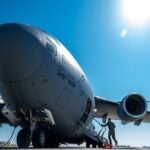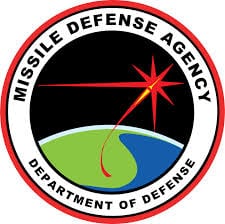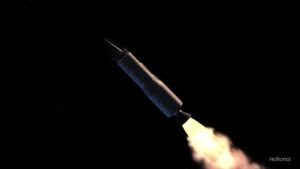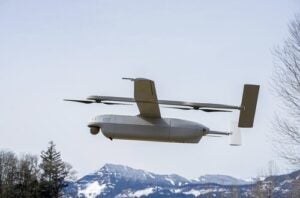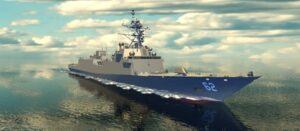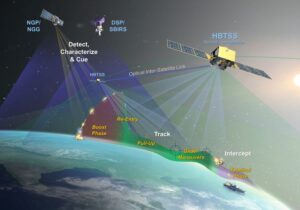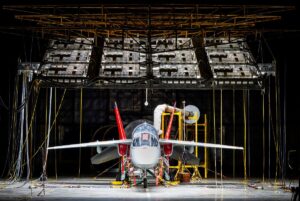
"Boeing T-7A Red Hawk Triples Progress" was the headline of an Apr. 29 Boeing [BA] press release on the company's trainer for the U.S. Air Force, but top Air Force officials told the House Appropriations Committee's defense panel (HAC-D) the next day that the Red Hawk is facing significant challenges and that legislative action may not speed fielding of the trainer. Rep. Mike Garcia (R-Calif.), a former Navy F/A-18 pilot and business manager at Raytheon, now RTX [RTX], said at…




